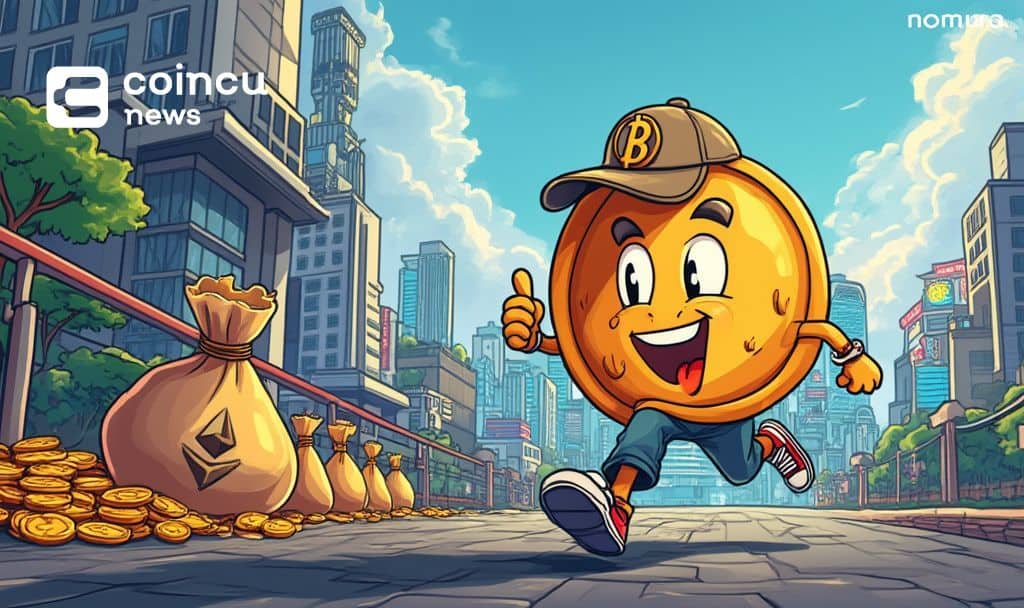NEW YORK, NEW YORK – NOVEMBER 07: Bob Parsons speaks onstage at The Headstrong Project Annual Gala 2024 on November 07, 2024 in New York City. (Photo by Chance Yeh/Getty Images for The Headstrong Project)
Getty Images for The Headstrong Project
As we celebrate Veterans Day on Tuesday, November 11, we examine the link between golf and our troops, from charities to commemorations.
Veterans Day traces its roots to Armistice Day, first observed on November 11, 1919, marking the end of World War I. The date was officially recognized as a federal holiday in 1938. World War I also marked the first time golf contributed directly to the troops.
Food and Facilities
Golf’s popularity in the United States surged following Francis Ouimet’s U.S. Open win in 1913. That explosion of interest sparked a nationwide golf course construction boom. Many of these sites were once seaside plains or farmland. During both World Wars, golf courses and country clubs were repurposed to produce food or serve as training grounds for soldiers. Famous courses like Augusta National and The Lido assisted in military efforts during World War II.
PXG
Parsons Xtreme Golf (PXG) is a veteran-owned golf company that provides service members with significant discounts on clubs, accessories, and apparel. The owner, Bob Parsons, is a Marine who served as a rifleman in the 1st Battalion, 26th Marines during the Vietnam War. PXG offers a standing 20% discount to all who have served in the U.S. military. Through its associated charity, Double Down, PXG has helped raise over $249 million since 2012.
“Serving as a U.S. Marine taught me that the mission doesn’t end when you come home,” said Bob Parsons, a U.S. Marine Corps Vietnam War veteran. “Veterans and their families face ongoing battles — some visible, many hidden. The Fund provides critical support in those moments, helping them rebuild and succeed.”
Source: Semper Fi & America’s Fund Press Release
Bob and Renee Parsons have committed up to $7.5 million to match funds raised by the Semper Fi & America’s Fund dollar for dollar. The nonprofit supports injured, ill, and wounded service members, veterans, and their families.
Folds of Honor
Founded in 2007 at a golf course that would later become American Dunes, Folds of Honor has raised over $290 million and awarded 62,000 scholarships to the families of fallen soldiers. Founder Lt. Col. Dan Rooney, an F-16 fighter pilot and PGA professional, has combined his passions for service and golf to drive the organization’s mission. Through apparel partnerships and the American Dunes Golf Club, co-designed by Rooney and Jack Nicklaus, millions are raised annually through the game of golf.
PONTE VEDRA BEACH, FL – MARCH 08: Volunteers unfurl the American Flag during the Military Appreciation Ceremony prior to THE PLAYERS Championship on THE PLAYERS Stadium Course at TPC Sawgrass on March 8, 2022, in Ponte Vedra Beach, FL. (Photo by Chris Condon/PGA TOUR via Getty Images)
PGA TOUR
Golf Courses
The U.S. military owns and operates more than 150 golf courses across the country and around the world at its various bases. These range from championship-level layouts to a simple two-hole pitch-and-putt in Iraq. Some rank among the best public-access courses in the world, including Kaneohe Klipper in Hawaii and Eisenhower Golf Club in Colorado.
Golf memberships for active duty troops remain highly affordable, and many courses incorporate elements of veteran appreciation or patriotic design. American Dunes in Michigan, for example, is a collaboration between Folds of Honor and Jack Nicklaus, built to honor the fallen and support veteran causes.
War Time
Professional golf has experienced several hiatuses, most notably during the World Wars. While the sport in the U.S. was less affected than in Europe, American professionals saw their tournament schedules reduced or postponed, with many conscripted into military service.
Those who were too old or medically ineligible supported the war effort through charity exhibitions. In 1917 and 1918, the USGA’s Liberty Tournaments raised over $1 million for war relief. Newspapers chronicled golfers like Bobby Jones, Chick Evans, and Walter Travis as they traveled the country playing exhibition matches before thousands of spectators.
PGA HOPE
The PGA of America and its 38,000 professionals continue to support the military community through PGA HOPE (Helping Our Patriots Everywhere). This initiative introduces and teaches golf to veterans and active duty service members to improve their physical, mental, social, and emotional well-being. Led by PGA professionals, the program offers free 6–8 week golf instruction camps focused on skill development and community connection.
Source: https://www.forbes.com/sites/break80/2025/11/10/from-fairways-to-frontlines-how-golf-supports-our-troops/



